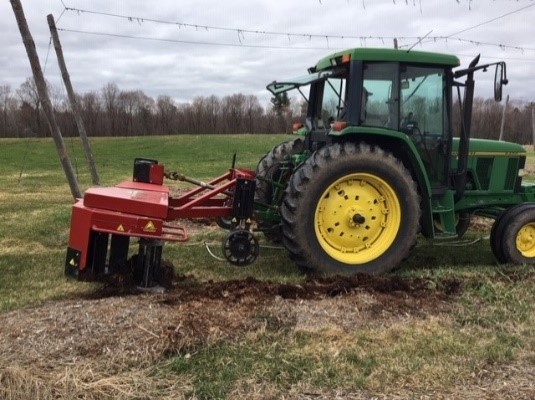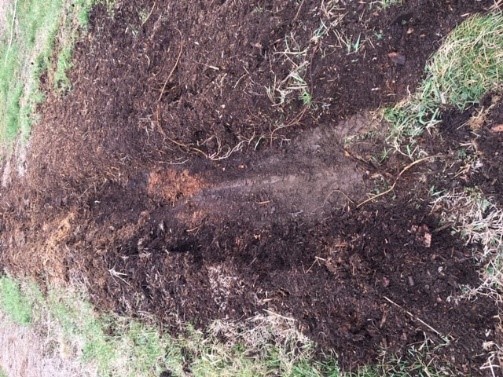Hop downy mildew is currently the biggest disease concern for Northeastern hop growers. Downy mildew overwinters in the hop crown and primary inoculum will be released from the first shoots. Removal of the infected crown or the first flush of spring hop growth is called “crowning” or “scratching”. Shoot removal is used as an early season preventative measure against downy mildew and as a way of managing harvest time. Hop plants have been budding out for a few weeks now in Vermont and likely most crowning has already occurred. However, scratching or removal of new growth can still be done and may further eliminate infected plant material. Below are some basic tips for crowning and scratching for our region.
1st year hop yards should not be crowned to allow for root establishment.
2nd year hop yards should be crowned if downy mildew was a problem last season.
3rd year hop yards should be crowned if it can be done in April or very early May.
For early season shoot removal any of the following three methods have been used with success in the Northeast.

1. Mechanically cutting and removing the shoots.

2. Flaming after first flush of growth and shoot emergence.
3. Herbicide application. Make sure any pesticide used in your hop yard is labeled for use in your state and on hops.
Since 2014, UVM has been researching the impact of crowning on hop yield and quality. Check out our Hop Crowning Trial final report update to learn more our results.
Crowning was done in the hop yard at Borderview Research Farm in Alburgh, VT on April 25, 2019.